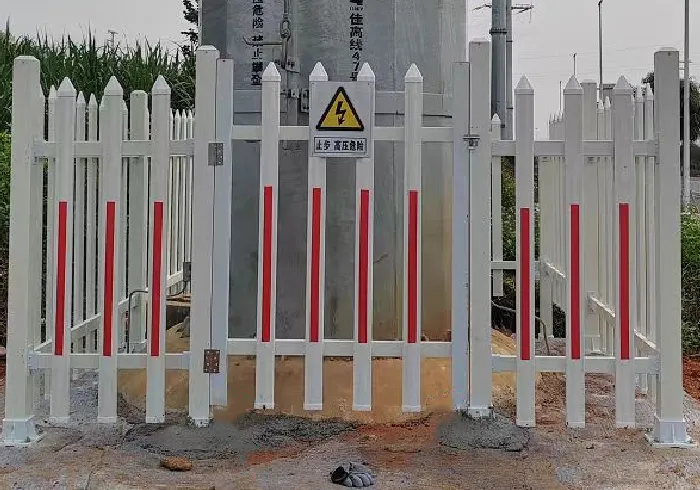loading...
- No. 9, Xingyuan South Street, Dongwaihuan Road, Zaoqiang County, Hengshui, Hebei, China
- admin@zjcomposites.com
- +86 15097380338
- Welcome to visit our website!
water tank frp
Water Tank FRP A Comprehensive Overview
In today's world, water storage solutions have become increasingly critical as the demand for clean and reliable water sources continues to grow. One innovative option gaining popularity is the use of Fiber Reinforced Plastic (FRP) water tanks. These tanks offer a multitude of advantages, making them a preferred choice in various applications, including residential, commercial, and industrial sectors.
What is FRP?
Fiber Reinforced Plastic (FRP) is a composite material made from a polymer matrix reinforced with fibers, typically glass or carbon. This combination results in a lightweight yet strong material that is highly resistant to corrosion and external environmental factors. FRP's durability and versatility make it ideal for manufacturing water tanks, ensuring they can withstand the rigors of different applications.
Benefits of FRP Water Tanks
1. Corrosion Resistance One of the standout features of FRP is its exceptional resistance to corrosion. Unlike traditional metal tanks, which can rust or corrode over time, FRP tanks maintain their integrity even in harsh environments. This characteristic is especially important in areas with high salinity or where the water being stored may contain corrosive chemicals.
2. Lightweight Design FRP water tanks are significantly lighter compared to their steel or concrete counterparts. This lightweight nature facilitates easier handling and transportation, reducing both labor costs and logistical challenges during installation. It also allows for easier placement on rooftops or elevated structures.
water tank frp

3. Customizable Shapes and Sizes FRP manufacturing processes allow for customization in tank size and shape, making it possible to design tanks that fit specific spatial requirements. Whether for an urban setting or a remote location, FRP tanks can be tailored to meet the unique needs of any project.
4. Longevity With a lifespan that often exceeds that of traditional water tanks, FRP water tanks are an investment worth considering. Their resistance to fading from UV exposure and their overall durability mean that they require minimal maintenance, further lowering long-term costs.
5. Environmental Responsibility As sustainability becomes increasingly important, FRP tanks offer a more environmentally friendly option compared to traditional materials. Manufacturers can create these tanks using recycled materials, and the longevity of FRP tanks means fewer resources are needed for replacements.
Applications of FRP Water Tanks
FRP water tanks are versatile and can be employed in various settings. From agricultural applications such as irrigation water storage to municipal uses for drinking water, these tanks serve critical functions across diverse industries. They are also commonly used in industrial settings where chemical storage is necessary, as they can be specially designed to resist certain chemicals.
Conclusion
The rise of FRP water tanks illustrates the ongoing quest for improved water storage solutions. Their combination of strength, lightweight design, corrosion resistance, and customization makes them an ideal choice in today’s demanding environment. As industries and municipalities look for effective strategies to manage water resources, FRP tanks stand out as a forward-thinking solution that balances functionality with environmental concern. By adopting these innovative tanks, we can not only improve water storage practices but also contribute to a more sustainable future. In an era where water is becoming an ever-scarcer resource, the technological advancements embodied in FRP water tanks may very well be a crucial piece of the puzzle in ensuring that we can store and manage this vital resource effectively.
-
The Rise of FRP Profiles: Strong, Lightweight, and Built to LastNewsJul.14,2025
-
SMC Panel Tanks: A Modern Water Storage Solution for All EnvironmentsNewsJul.14,2025
-
GRP Grating: A Modern Solution for Safe and Durable Access SystemsNewsJul.14,2025
-
Galvanized Steel Water Tanks: Durable, Reliable, and Ready for UseNewsJul.14,2025
-
FRP Mini Mesh Grating: The Safer, Smarter Flooring SolutionNewsJul.14,2025
-
Exploring FRP Vessels: Durable Solutions for Modern Fluid HandlingNewsJul.14,2025
-
GRP Structures: The Future of Lightweight, High-Performance EngineeringNewsJun.20,2025
